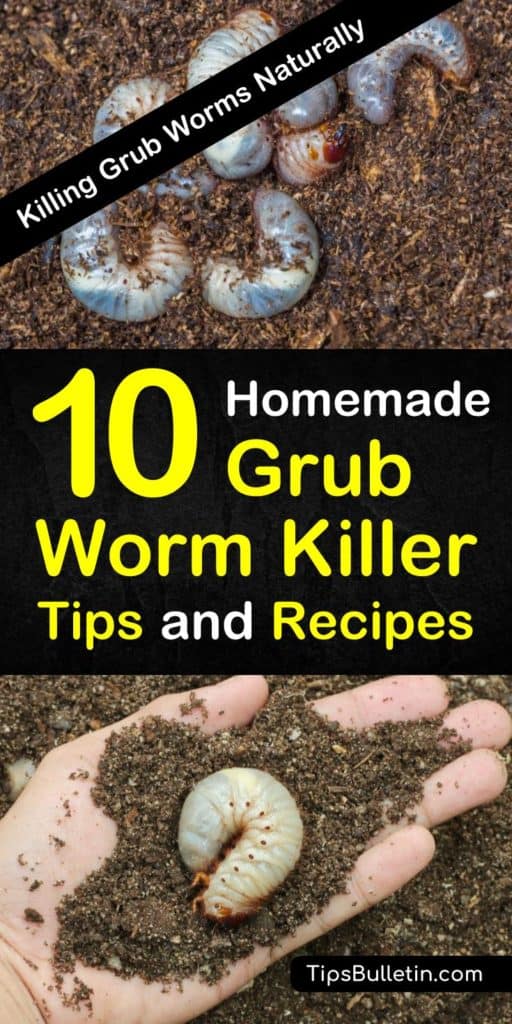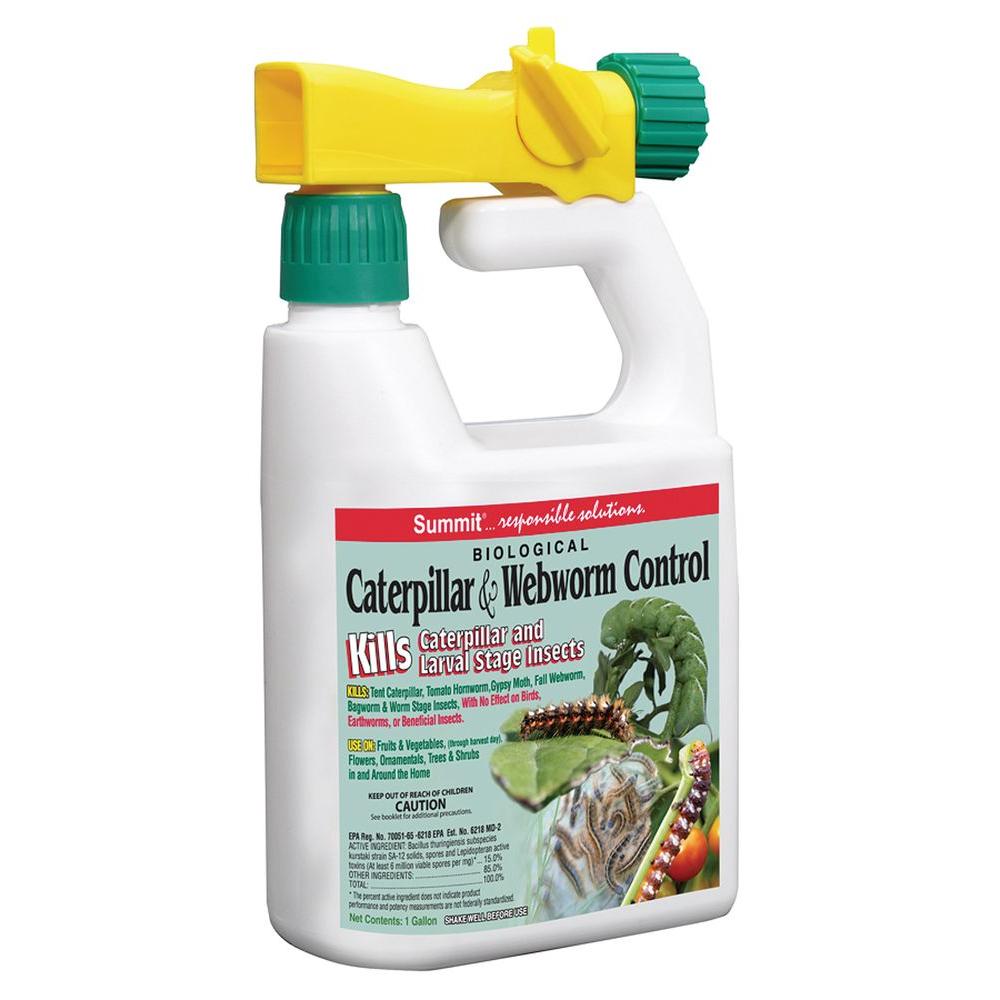
When you see plants that look defoliated or notice grasses or fields being devoured, you will need to immediately take action. If symptoms present themselves early enough and you spot them in time, however, there are some ways to control an infestation. By the time the symptoms have been spotted, the armyworms may no longer be feeding in preparation for the next stage, or may have moved to another field, garden, or golf course to infest. Identifying the symptoms and controlling an armyworm infestation may be very difficult because a group of armyworms can destroy entire plants overnight. It is due to this movement as a large group that they received their name. When they have devoured a field or area, they will move together to a new area with fresh food. They feed during the nighttime, and spend their days hidden in the plants or under plant debris. They can be found in agricultural fields as well as golf courses and homeowners' backyards.

These destructive pests are found east of the Rocky Mountains in the United States and southern Canada, although they have also been found in the extreme southwestern U.S. There can be anywhere from 2 to 3 generations per year, with some areas having 4 if the conditions are favorable. After pupating, they will emerge as moths ready to mate, lay eggs, and continue the cycle. It is in this feeding period that the larvae cause the most destruction. The armyworm larvae will feed during springtime and then pupate for two weeks. Reproduction Patterns of ArmywormsĪrmyworms spend the winter as mature larvae or in a pupal stage amid plant debris or down in the soil itself. Eggs, which are a greenish white color, are laid in large groupings on the undersides of foliage leaves.įirst generation caterpillars cause the most damage in an area but can be prevented by using a caterpillar product, such as Safer ® Brand Caterpillar Killer II With B.T.

On each of their front wings, they have a small white dot.Īrmyworm larvae or caterpillars are brownish or greenish in color with dark and light stripes along the length of their bodies. Adult armyworm moths are tan, light brown or grayish-brown in color and have a 1 1/2" - 2" wingspan.


 0 kommentar(er)
0 kommentar(er)
